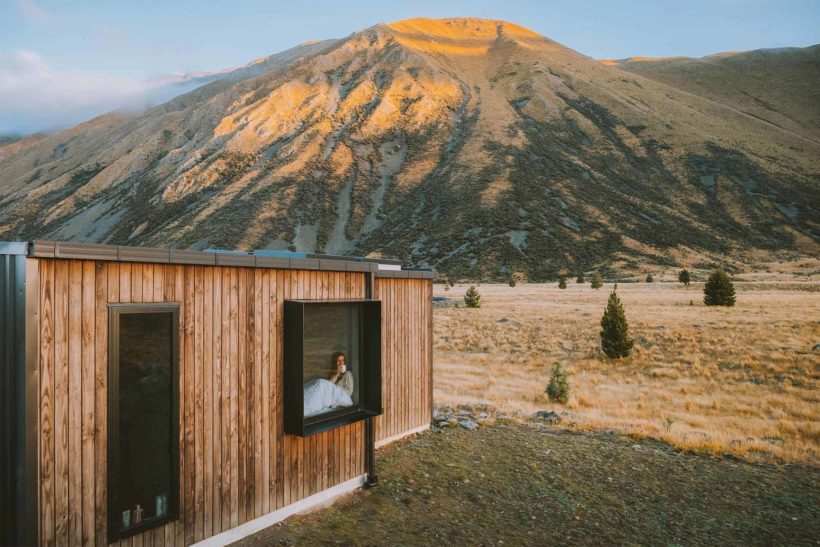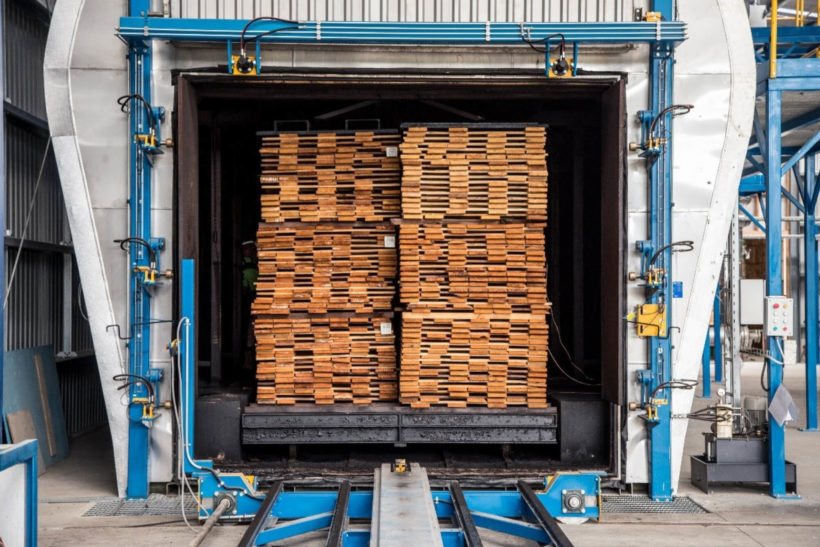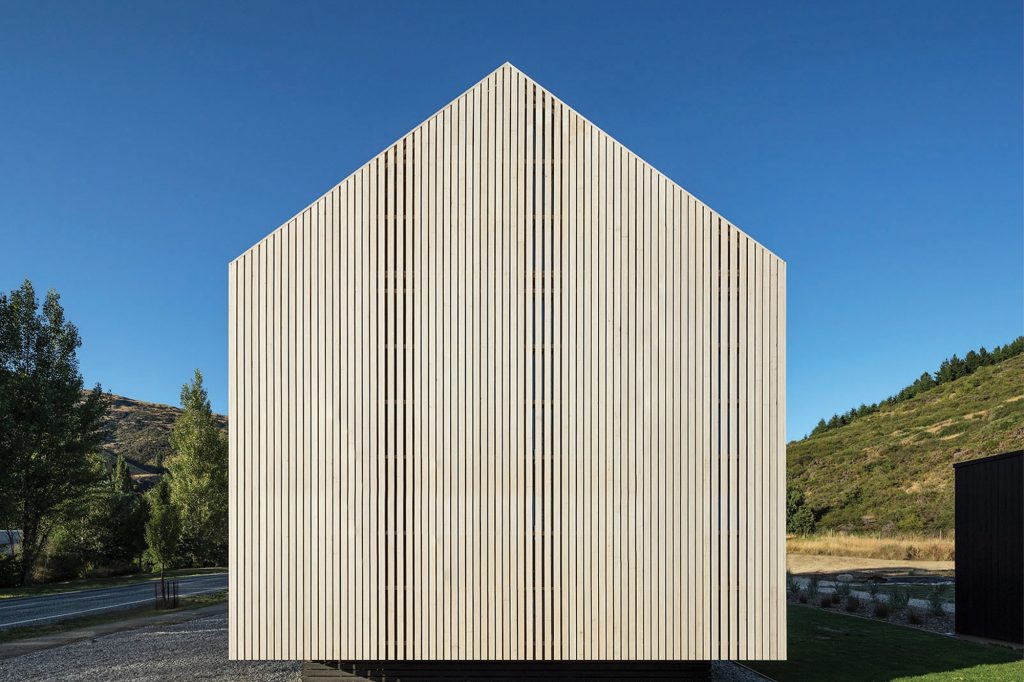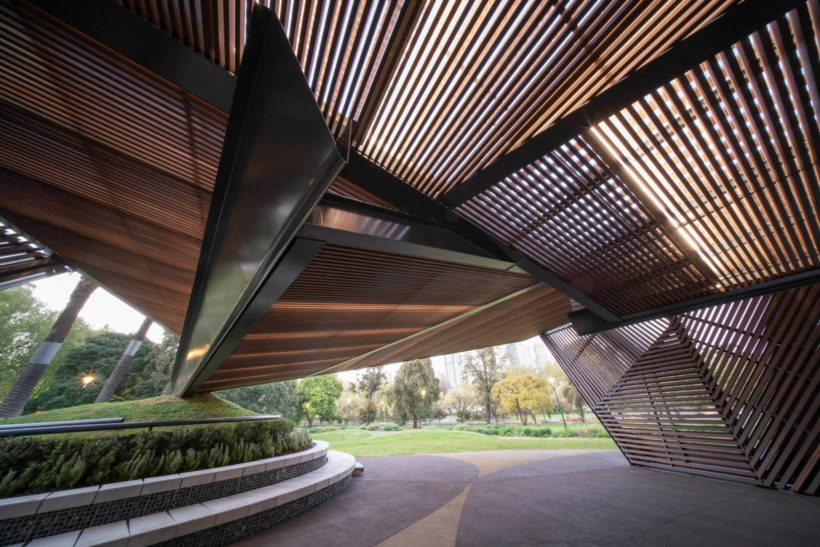Podcast: Play in new window | Download | Embed

After studying Japanese and international business, Daniel Gudsell’s plan was to go to Japan and sell New Zealand produced milk, but he ended up selling wood in the South Pacific, an enterprise that led to the creation of Abodo Wood.
In places like Samoa, Vanuatu and Tonga Daniel witnessed the increasing demand for building timber. There were two main problems with these local markets. Firstly, the demand for timber was decimating slow-growing hardwood forests. Secondly, as Daniel explained, the local wood wasn’t actually very good for building. Drying in merchants’ yards he recognised what we know as kwila twisting and warping in the sun.
It was clear to Daniel that there was a great opportunity to export New Zealand pine to these small island nations, and Abodo Wood was born.
Treated Timber
Pinus Radiata is the most common building timber in New Zealand. It’s the familiar pale, wide-grained framing timber you see on building sites and in hardware stores all around the country. Pinus radiata is so popular here because it’s really fast-growing (hence the wide grain) and therefore readily available. Unfortunately though, it’s not very durable so we treat it, often with CCA – Copper Chromium Arsenic for external use, or Boron for structural framing.
If CCA sounds pretty nasty, it’s because it is. And ever since the ‘leaky building crisis’ we’ve used a lot of timber treatment in New Zealand. In the humid conditions of the South Pacific, treated timber is also used to prevent decay and moisture damage – except where it’s not.
Untreated Timber
In New Zealand and most of the Pacific, we’ve become used to treated timber. We think it’s the norm. But in the middle of the Pacific Islands is American Samoa which has adopted some of the practices and regulations of its namesake nation. CCA treated timber is restricted in American Samoa, (as it is in parts of Europe and Japan) and so Abodo Wood needed an alternative.

Thermal Modification
Daniel explains that there are many ways in which timber can be modified to become more durable, without the application of chemicals. Thermal modification is one such method and it involves a process that changes the structure of the cells within the wood. In their modified state, the cells of the timber are not able to absorb moisture. As moisture leads to decay and deformation, if the timber can’t absorb any moisture, it becomes very durable.

Abodo Wood
Daniel goes on to explain how the Abodo Wood team solved the problem of supplying untreated but durable timber to the Pacific and created a thriving New Zealand success story.
Links


Leave a Reply